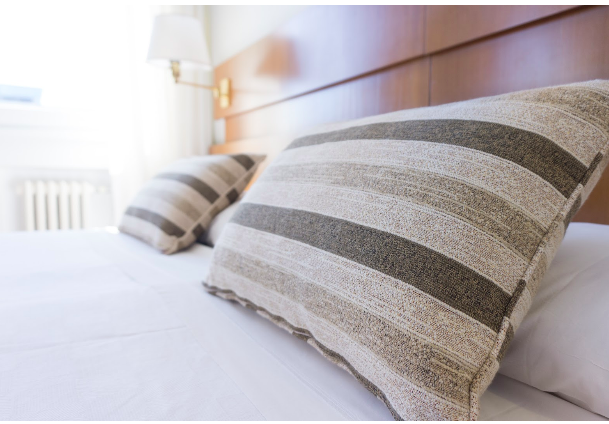
Best Mattress and Sleep Positions for Elders
Guest post: Sarah Cummings, The Sleep Advisor
We need less sleep as we get older. Everyone knows that right? Wrong! Completely and utterly wrong.
The myth that the need to sleep drops as we advance in years is one of those random misconceptions that somehow takes hold and persists – kind of like how if you eat something within five seconds of it falling on the floor it will be fine. No, it won’t.
The truth is that after we have passed through adolescence, the need for sleep remains largely constant throughout our adult life. What changes is our ability to get good quality sleep. More than half of older people have a least one complaint about how well they sleep.
So what do we do? Well some of us will compensate and make up the shortfall with daytime naps, others will basically just get used to being tired and achy thinking it to be a part of the natural ageing process. Which to extent it is, but you don’t have to give Father Time such a helping hand!
I’m here to tell you that you can take back some control over your sleep and try and maximise how much you get and how good you feel when you wake up. All you need to do is pay a little attention to what you sleep on and what position you adopt.
What type of mattress do you need?
Every body is unique. What works for Mrs Stevens nextdoor might not work for you. It shouldn’t surprise you then that there is no simple answer to what type of mattress you need.
Memory foam mattresses do a great job of spreading your weight evenly across their surface. Latex mattress share many of the same properties as memory foam but tend to be firmer and cooler, making them better for bad backs and night sweaters. Air mattress can have individually inflatable chambers making them ideal if your partner needs a difference firmness to yourself.
Many companies now make mattresses particularly targeted at the ‘geriatric’ market, these will involve attributes such as adjustable bases which allow you to alter position depending on your current physical condition and materials designed to both provide support and simultaneously reduce pressure on the body.
So which mattress do you need? Well, only you can answer that. Go to the store test them, talk to your doctor, take your time choosing one. And don’t be afraid to try one out for a while then send it back. Many mattresses stores, especially the online ones will have 30-90 day money back guarantees. Use them.
For more advice on what to look for when changing your sleeping surface here’s a detailed article.
What position should you sleep in?
When we are older our bodies often no longer resemble our younger self, backs become slightly more bent, stomachs a little more rotund and shoulders more stooped. What this means is that if we continue to sleep in the same position we always have, we may end up with aches and pains that weren’t there before.
So what can we do? Experiment basically, and focus of a comfortable alignment that works for you. If you have a curved back then sleeping flat on it is going to be problematic, adopt a side sleeping position and use pillows to support you.
If you sleep on your stomach. Stop. It’s doing your back no favours. I know the transition to another sleeping position can be hard but the benefits for your body could be very worth it.
If you do sleep on your back, great! Less than 20% of elders do. If you do, please ensure that you aren’t going overboard on the pillows and forcing your neck to bend forward while you sleep. This won’t help any neck, shoulder or back problems you may have.
Importantly, if you have any doubts about adopting any new sleeping positions always have a chat with your doctor first.
Well there sleep fans, if you take anything away from this article let it be that just because you’re advancing in years it doesn’t automatically mean you should settle for bad sleep. Your body may rebel but you can take back some control. Ensuring you have the correct mattress and proper body position may not completely solve your sleep woes, but it will certainly help, a lot.